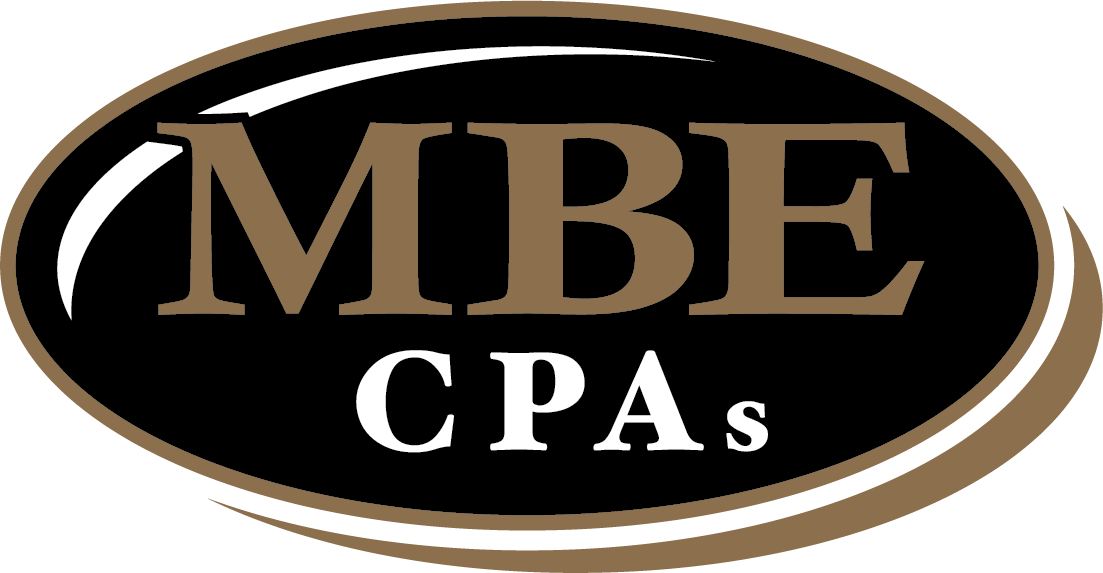Proactive, Not Reactive Tax Planning

Authored by: Greg Patel — Partner, CPA | Date Published: July 21, 2025
Featured Topics:
Tax Time!
Don’t worry, it’s not tax season yet—or is it? Most business owners treat tax planning like cramming for finals, and it costs them thousands. The calendar flips to March, panic sets in, and suddenly it’s a frantic scramble to gather documents, reconcile accounts, and prepare for the inevitable tax filing deadline.
While this last-minute approach might feel productive, it’s costly—leaving significant money on the table and adding unnecessary stress to your plate.
So, what’s the alternative? Proactive tax planning, disciplined, year-round approach that helps you maximize your return and minimize your tax liability.
The True Cost of April-Only Tax Planning
The average business can incur an additional tax burden of $3,000 to $15,000 annually due to reactive planning. This isn’t just about missing a few deductions—it’s about a complete lack of proactive tax strategy.
When you’re constantly playing catch-up, you lose out on critical opportunities to strengthen your financial position throughout the year. These missed opportunities don’t just affect one year; they compound over time, creating a significant burden on your business’s growth and profitability.
This is why the top tax planning offerings aren’t about quick fixes in March but about ongoing guidance throughout the year.
Four Essential Elements for Crucial Planning
1. Income Timing and Recognition Planning
This focuses on when and how you recognize income.
For example, if you’re a cash-basis taxpayer, accelerating or deferring billings at year-end can significantly impact your taxable income. For accrual-basis businesses, managing accounts receivable and understanding revenue recognition rules is essential.
This isn’t about avoiding taxes, it’s about positioning income to minimize your tax burden or take advantage of lower tax brackets. Often, this involves tax deferral strategies, shifting income to a future period when your tax rate may be lower.
2. Deduction Optimization and Timing
Many deductions are available to businesses but knowing when and how to claim them is crucial.
This includes timing large purchases to maximize depreciation, understanding the nuances of various business expenses (like meals and entertainment, home office, or vehicle deductions), and ensuring proper documentation.
Planning may involve increasing expenses into the current year to reduce taxable income—or deferring them if higher income is anticipated next year.
3. Credit Identification and Maximization
Tax credits are especially valuable because they directly reduce your tax liability.
Unlike deductions, which reduce taxable income, credits subtract directly from the taxes you owe. Businesses often miss out on valuable credits simply because they’re unaware or lack documentation.
These may include research and development credits, retirement plan contributions, or charitable donations. A clear timeline ensures these actions are taken proactively—not during a last-minute rush.
4. Entity Structure Optimization
Your business’s entity type (e.g., sole proprietorship, partnership, S-Corp, C-Corp, LLC) determines how your income is taxed.
What worked when you started may no longer be the most tax-efficient as your business grows. Regular reviews can reveal opportunities to restructure in a way that could save you thousands in taxes annually.
This is a complex area requiring careful evaluation of income, expenses, and long-term goals.
Quarterly Action Items That Save Money
Tax planning isn’t a one-time event—it’s an ongoing process. Here’s how quarterly actions can help save you money:

Q1: Prior Year Reconciliation and Current Year Projections
As soon as the previous tax year ends, it’s time to look forward. Q1 is ideal for reconciling financial data, verifying accuracy, and identifying lingering issues.
Using this information and your current business activity, create realistic financial forecasts for the year. These early projections help anticipate liabilities and plan.
Q2: Mid-Year Adjustments and Estimated Payment Optimization
By Q2, your performance should be clear. Compare actuals against Q1 projections. Are you ahead or behind expectations?
Adjust income and deductions accordingly. This is critical for estimated tax payment optimization—ensuring you avoid penalties or unnecessary overpayments.
Q3: Year-End Planning Implementation Timeline
Q3 is all about mapping out actions to take before year-end. Based on your Q2 review, identify key items that require attention to optimize your tax outcome.
Q4: Final Execution and Next Year Preparation
Q4 is when you execute your strategy—finalize purchases, confirm documentation, and adjust income recognition.
It’s also time to begin preparing for next year. Gather financial data and create initial projections. A smooth transition ensures you’re never starting from scratch.
Technology Tools for Year-Round Planning

Embracing technology transforms tax planning from a daunting chore into a streamlined process.
- Automated tracking systems (accounting software or integrated platforms) categorize transactions, track income and expenses, and generate real-time reports—eliminating manual errors.
- Payroll and HR platforms like iSolved with Payroll Solutions, handle payroll and provide HR features for compliance and employee expense tracking.
- Applicant Tracking Systems (ATS) integrated with Workforce Solutions, offer insights into hiring costs and benefits—vital for tax planning.
- Contribution Tracking and Funding Platforms, like those integrated with MBE Wealth, help you stay on track and optimize tax deductions where possible.
- Marketing automation tools, such as those from Brand House Marketing, help track ROI and support deduction strategies.
- Client portals enable secure, real-time collaboration with your CPA—streamlining document sharing and communication.
Working with Your CPA Year-Round
The most impactful element of tax planning? A strong, ongoing relationship with your CPA.
Instead of just one annual meeting, consider monthly or quarterly check-ins. These allow your CPA to monitor your performance, adjust strategies, and stay ahead of emerging tax law changes.
At MBE CPAs, we prioritize ongoing relationships. We believe your success is directly tied to our continued support. Through regular discussions, we help position you for a smoother tax season and sustained business growth.
Don’t let April-only tax planning cost you thousands. Start planning year-round, embrace technology, and work with a CPA who’s in it with you all year long. The benefits extend far beyond your tax return—to your peace of mind and your bottom line.
